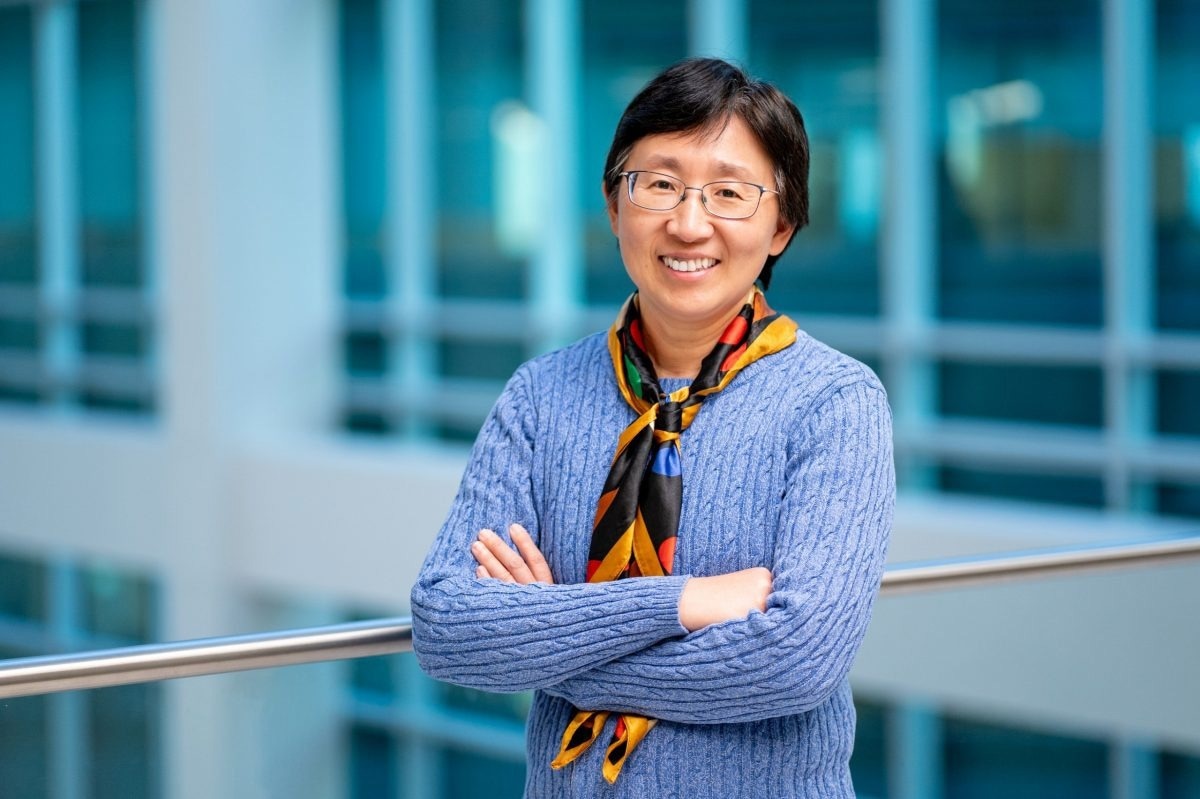Tead Proteins Reveal New Roles in Neural Cell Development
The fundamental mechanisms controlling neural development are intricate, and according to findings from St. Jude Children’s Research Hospital, these processes may seem paradoxical at times. It is thought that the TEAD protein family aids in the growth and regeneration of progenitor cells within the brain.

Research from St. Jude indicates that when these proteins attach to various partners, they can similarly encourage cell differentiation. This discovery illuminates the intricate mechanisms involved in neural growth and underscores possible hazards in crafting treatments aimed at targeting TEAD proteins exclusively. The findings were published in the journal Genes and Development .
TEAD proteins have the capability to attract YAP to DNA; this particular protein stimulates gene expression linked with tissue expansion. YAP serves as an established oncogene frequently overactivated in multiple types of cancer, promoting uncontrolled cell proliferation therein.
As part of regular brain growth, YAP is carefully controlled and supports the self-renewal and multiplication of neural progenitor cells. Although the St. Jude group verified this function of YAP in their study, they stumbled upon an unforeseen finding as well: eliminating TEAD proteins in their lab models yielded outcomes that defied predictions.
In the absence of TEAD proteins, neural progenitor cells within a particular area of the brain—the ventral telencephalon—remained locked in an immature stage and were unable to generate sufficient quantities of neurons and glia, which are essential components of a fully developed nervous system. .
Xinwei Cao, Ph.D., Lead Investigator, Department of Developmental Neurobiology, St. Jude Children’s Research Hospital
This discovery prompted an interesting query: If TEAD proteins work alongside YAP to encourage cell proliferation, what might explain why the lack of TEAD halts cell differentiation? Driven by this question, Cao and her colleagues decided to delve into this mystery.
TEAD Proteins Switch Allies to Foster Differentiation
They found out that INSM1 acts as the "secret" collaborator for TEAD proteins. When neural progenitor cells advance in their development and YAP amounts decrease, INSM1 takes over to link with TEAD proteins. This fresh collaboration leads TEAD to change its function, encouraging cell differentiation rather than self-renewal.
We discovered that TEAD proteins alter their binding partners as neural progenitor cells progress through their development. This shift enables TEAD to assume an entirely new function, facilitating the maturation of these progenitors into neurons and glia. .
Xinwei Cao, Ph.D., Lead Investigator, Department of Developmental Neurobiology, St. Jude Children’s Research Hospital
The impact of drug development is notably influenced by the role of TEAD proteins within specific contexts. Despite YAP being deemed "undruggable," it has still been investigated as an oncogenic target. Consequently, certain firms have tried to focus on targeting TEAD with the aim of obstructing the subsequent impacts of YAP activity. Nonetheless, our research indicates that blocking TEAD could potentially cause unforeseen outcomes.
We have encapsulated the intricacies of brain development, highlighting the significance of considering context when examining and seeking methods to interfere with these processes. This observation also underscores our limited understanding of the basic mechanisms governing neurodevelopment. .
Xinwei Cao, PhD, Lead Investigator of the Study, Department of Developmental Neurobiology, St. Jude Children’s Research Hospital
St. Jude Children’s Research Hospital
Perry, C. H., et al (2025). TEAD alters binding partners during neural progenitor cell development to perform specific roles. Genes & Development . doi.org/10.1101/gad.352632.125 .

Posting Komentar untuk "Tead Proteins Reveal New Roles in Neural Cell Development"
Please Leave a wise comment, Thank you